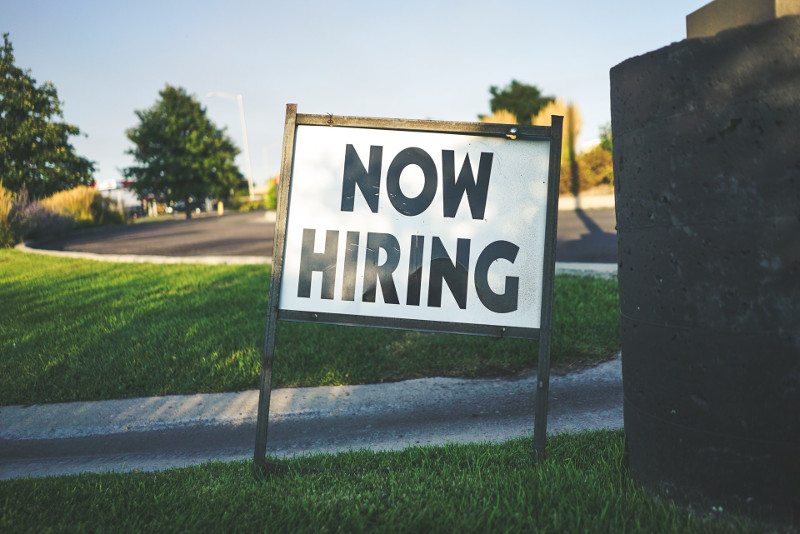Five Must-Dos When Hiring a Major Gift Officer
Jenny Love
Published: 08/31/2020

Image from Free to Use Sounds.
Almost 80 percent of the $373 billion given to charities comes from individuals. And even when it’s a corporation or foundation making a gift, it’s a person making the decision. If you’re looking to start a major gift program, finding staff with the relationship skills necessary to cultivate these important relationships is critical.
Here are five must-dos for hiring (and keeping) successful major gift staff, according to Dan Otto, a fundraising consultant at Marts & Lundy.
1. Cultivate a positive image and a compelling case
Major gift officers need a product they can feel confident standing behind. This means that before you hire anyone to start a major gift program, you need to ensure your foundation has a vision and a positive image.
It's not only about having a positive image of the foundation. The organization needs to have a positive image in the community too. Large-dollar donors view their contributions as investments in your organization. They won’t make an investment in an organization that's not doing well or has a poor reputation.
To increase your visibility and image, it’s important to keep your community informed about the impact the foundation and the organization are making on care, and for the CEO to be visible in the community.
2. Create dedicated major-gift position(s)
To run a successful major gift program, you need staff who are entirely dedicated to major gift efforts. Some foundations try to carve out major gift responsibilities from an existing position, but this is a mistake. If your major gift officer has responsibilities with concrete deadlines, like events or annual giving, it’s easy for that person to continuously put major gift—which requires long-term relationship building and are not deadline-focused—on the backburner.
Securing a major gift can take 18 months. Your major gift staff need to have the time and attention to nurture their prospects without being constantly sidetracked by other responsibilities.
3. Design balanced portfolios
Each full-time, major gift officer should be able to handle 100 relationships once they are fully onboarded. Their portfolio is made up of people at different stages at any one time: 25 percent of their prospects should be in solicitation mode, 50 in cultivation mode, and 25 percent in qualification mode.
4. Be principled about recruitment and retention
The average tenure of a major gift person is about two and half years, and a major gift relationship takes about 18 months to develop, so it’s very important for the sustainability of your organizations is to recruit and retain the best major gift officers you can.
There are five core competencies to look at when hiring a major gift officer:
- Action orientation, even if the face of minimal information;
- Approachability and ability to build rapport with donors, physicians, executives, and volunteers;
- Business acumen: Ability to keep up to date on internal policies and practices, as well as the latest trends in philanthropy;
- Listening skills: Successful gift officers ask probing questions and then sit back and listen actively to the answers; and
- Diplomacy and tact: Ability to handle disgruntled donors and physicians.
Finding a good major gift officer is just the beginning. To reduce turnover, you need to invest time in career pathing and development. Give you gift officers a mentor to work with. Ask them where they want to be in three years, and then support them to get the skills and resources they need to get there.
5. Foster a collaborative team environment
As the chief development officer, you are the conductor and your staff are your orchestra, so be sure to give them the direction they need to succeed. This means meeting weekly with your gift officers, and including your annual giving, event, research and data management staff. We often work in silos, but all of the roles on your development team are interconnected. You never know when the person who purchased the highly coveted auction item at your annual fundraiser might become a major gift prospect down the road.
This is the first post in a two-part series about starting a major gift program. Our next post covers how major gift officers can engage clinicians and other stakeholders.